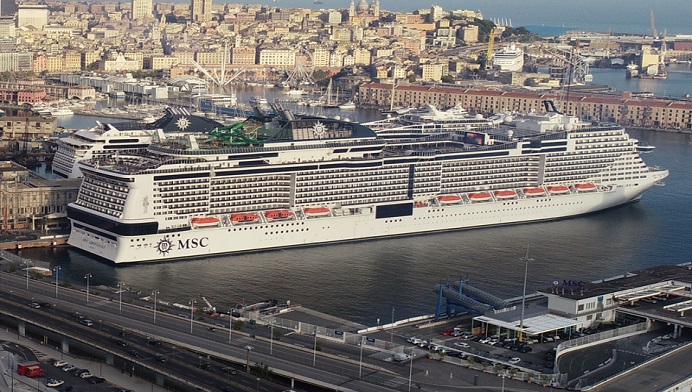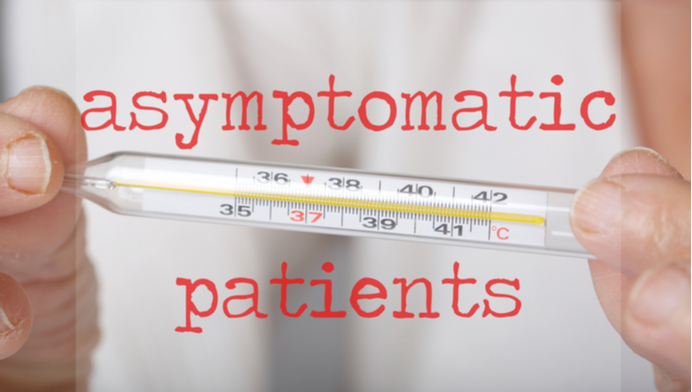Slow and steady wins the race, or so we would hope. While the rest of the world (including Australia) await the resumption of international and domestic cruises, August heralded the start of a soft launch of the Northern Hemisphere cruise season.
With stricter safety protocols and new health regulations, how did the first cruise ships control the still-lingering threat of coronavirus aboard its ships? Err, not very well, apparently.
One of the first to restart cruising was Norwegian-based Hurtigruten’s MS Roald Amundsen. Two sailings from the northern Norwegian city of Tromso to the Arctic Archipelago of Svalbard took place on July 14 and July 17.
The ship was forced earlier this month to suspend its newly restarted service after at least 41 staff and passengers were infected with COVID-19, and 400 passengers from the two cruises have gone into quarantine.
“This is a serious situation for everyone who is affected. We have not been good enough and we have made mistakes. On behalf of everyone at Hurtigruten, I am sorry for what has happened,” said Daniel Skjeldam, chief executive.
In another blow for the cruise industry, a guest onboard luxury ship Paul Gaugin has tested positive for COVID-19 just four days into the first sailing, the French Polynesia cruise has now returned to its home-base of Papeete.
All 332 passengers and crew are now isolated in cabins onboard the ship awaiting test results.
A traveller who sailed on SeaDream I has also tested positive for COVID-19 upon returning home to Denmark. All guests and crew are now in quarantine on board. UnCruise in America has also reported cases onboard.
The first major cruise ships to resume tours of the Mediterranean since the coronavirus pandemic hit Europe set sail on Sunday from the Italian city of Genoa. The MSC Grandiosa represents a high-stakes test for the global cruise sector. There have been no reports of COVID-19 as yet.
Even though the first cruise restarts did not succeed entirely on the COVID-19 front - these restarts will now help the industry improve their health and safety protocols even further, assisting scientists and cruise companies to understand how to continue to refine all of the preventative and protective measures.
From experience, comes knowledge. And with cruise restarts these past couple of weeks, the cruise industry is able to grasp a better understanding of the impact of COVID-19 on board.
Regular Crew Testing
The first being that all crew members must be tested repeatedly. Crew members from Carnival Corporation’s AIDA returned to their home countries in late July, as the proposed August 1 cruise date was again delayed.
Even though all crew members were tested within a two-week period, the company insisted crew members to be tested again. Ten crew members tested positive, even though their previous test results two weeks ago were negative.
Rapid Response Tests
One of the issues with COVID-19 is that people can be completely asymptomatic and spread the virus. Most of the passengers on UnCruise and Paul Gaugin had no symptoms at all.
Rapid response tests would provide quick results to get cruising up and running before there is a possible vaccine. This will not only prevent passengers boarding with the coronavirus that are asymptomatic, but also identify any cases of COVID-19 before passengers are already onboard and eliminate the spread.
Stricter Health and Safety Policies
As of June 11, 3,047 people were infected with coronavirus and 73 people died aboard 48 cruise ships affiliated with trade group Cruise Lines International Association (CLIA), according to Johns Hopkins University data provided by CLIA.
Health authorities say close living and working spaces for crew, along with partially enclosed environments, contributed to greater risk of infection on cruises than other venues.
Cruise companies need to implement stricter health and safety policies, not only to protect passengers and crew, but to abide by new maritime health regulations.
Some of the policies put into place include social distancing onboard, tour leaders in personal protective equipment at ports, restricted capacity in theatres and drinking venues, eliminating buffet and the most important - rapid response swab tests at each terminal.









